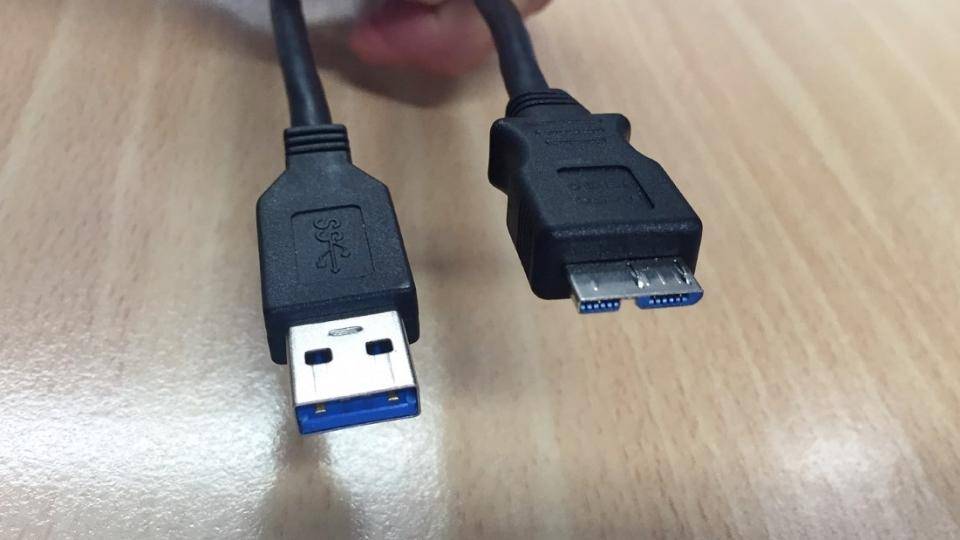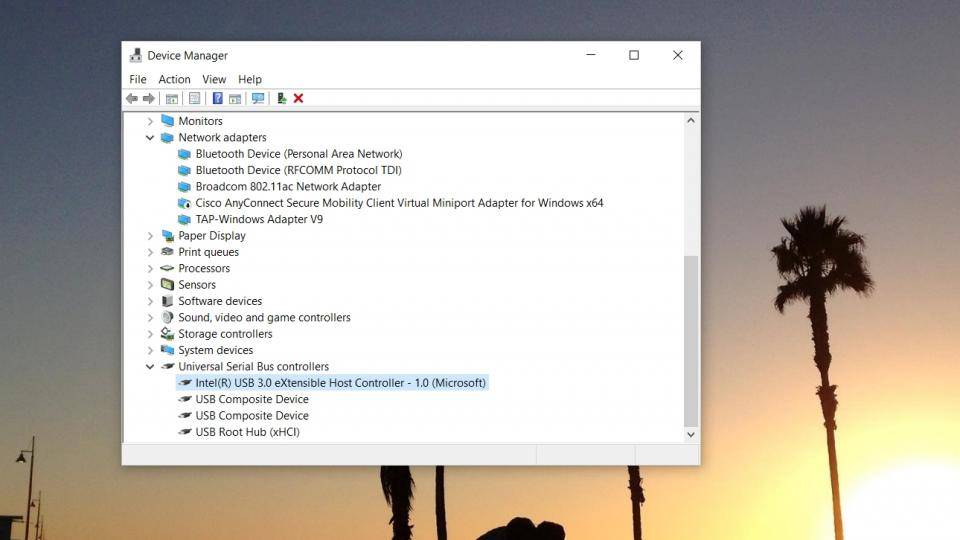Whether it’s a laptop, PC or tablet, it’s always handy to own a device that supports USB 3.0 technology as it allows for much faster data transfer between devices, such as removable storage, smartphones and tablets. USB 3.0, sometimes referred to as "USB Super Speed" is 10 times faster than USB 2.0 (High Speed), touting a rather impressive 4.8 Gbps transfer rate.
But how do you know if your device features a USB 3.0 port or not? Well, it should be pretty obvious, but aggravatingly many computer manufacturers do not follow the widely accepted standard, so it’s not always immediately obvious which USB ports support the faster third-generation standard if any. However, there are a few ways you can find out once you know what you’re looking for. Here’s how…
Visually
Inspect the sides of your laptop or the back of your PC and look to see if the USB ports are in any way colour coded. Typically, both USB 3.0 ports and connectors are blue in colour, so you can easily differentiate them.

If they aren’t blue, don’t stop looking just yet. There might still be a chance that your device ports are faster than USB 2.0, the previous generation, as some manufacturers are unwilling to use brightly-coloured ports. Check whether the ports are marked either beside them (or the bottom of the chassis on some laptops). If there's still no clue then you'll need to look in Windows.
Device Manager
If you can’t find any physical clue, or really be bothered getting on your hands and knees to crawl around the back of your PC tower to look at the colour of your USB ports, you can always check via your PC’s Device Manager.

First, open the 'Device Manager' via the Control Panel, or by searching for it via the Start Menu. In the Device Manager window, click the plus sign next to Universal Serial Bus controllers and an additional info box will drop down. Here you will see a list of the USB ports installed on your computer. If your USB port name contains "Universal Host", your port is version 1.1. If the port name contains both "Universal Host" and "Enhanced Host", your port is version 2.0. If the port name contains "USB 3.0", your port is version 3.0.
USB 3.0 cable
The cable you’re using to connect your USB 3.0 device to your laptop or PC will also need to be USB 3.0 in order to support the faster data transfer. It looks essentially identical at the end you're plugging into your PC, but has a different-shaped connector on the end you’re plugging into your attached device, see below.



